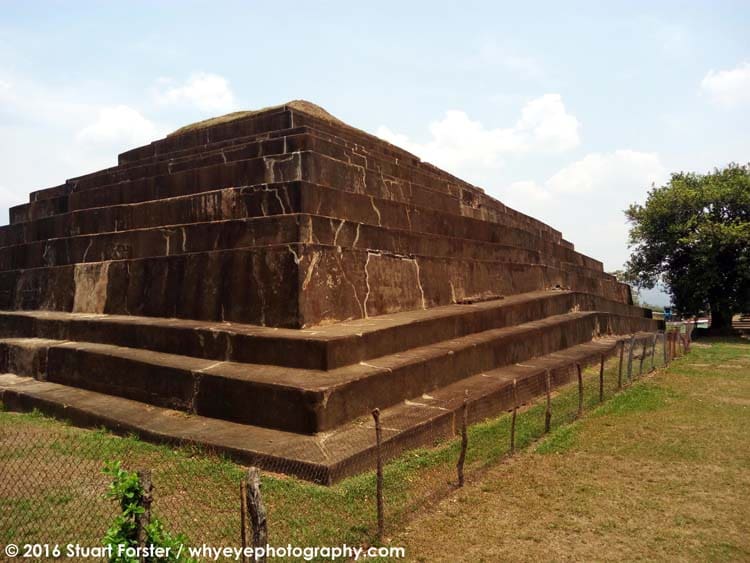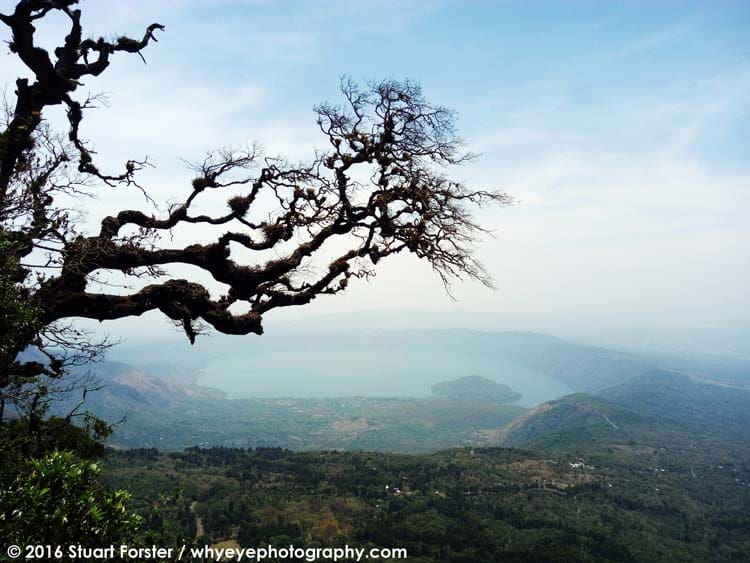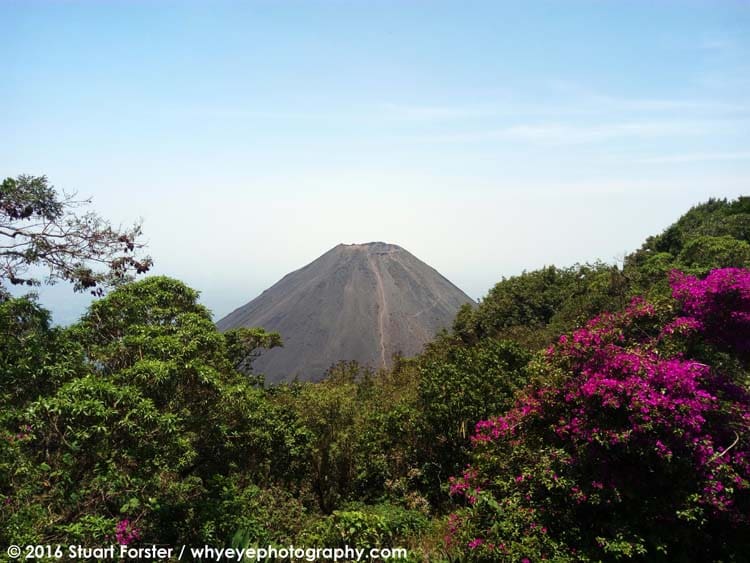Stuart Forster tries his hand at smartphone photography in Central America.
Volcanic landscapes, Caribbean beaches and rainforests teeming with wildlife—including colourful tree frogs and birdlife—were just three aspects that excited me ahead of a visit to Central America recently.
As an avid traveller, I looked forward to the prospect of experiencing destinations around both Costa Rica and El Salvador.
In addition to visiting coffee estates and taking a look inside the crater of a volcano, the journey provided an opportunity to learn more about the region’s history plus chances to try out white water rafting and zip-lining. Adventure travel is growing in Central America.
Historic sites in Central America
Joya de Cerén, a UNESCO World Heritage Site in El Salvador, has been compared to Pompeii in Italy. Both settlements were rapidly covered by ash in volcanic eruptions, providing archaeologists with detailed insights into everyday life. Thanks to finds at Joya de Cerén much has been learned about Mayan life prior to the arrival of Europeans.
At Chalchuapa, I would have a chance to peek inside the church of Santiago, just a couple of minutes’ drive from Tazumal, a strategically important site whose history dates back eight centuries before Jesus Christ walked upon the Earth.
Tazumal is a stepped pyramid and the tallest in El Salvador. Yet, after falling out of use, it remained undiscovered until the first half of the 20th century.

The cuisine of El Salvador and Costa Rica
Over the centuries, migration to Central America has added European and Caribbean influences to the regional cuisine. Cooks make use of fruit and vegetables rarely found elsewhere.
For foodies, that makes Central America a rewarding place to explore. Lime-infused cerviché, made with fresh fish, and pupusas, a type of filled flatbread reminiscent of sealed pizzas, count among the delicacies served in restaurants.
I look forward to reporting about my experiences in Costa Rica and El Salvador on this website over the months ahead.

Photography in Central America
As an experienced professional travel and food photographer, I knew there would be much to photograph in Central America. In order to capture a selection of quality images, I travelled to the region with a Canon Mark III digital SLR and Canon lenses.
However, after being out on the road, selecting and editing the best of my images can prove a time-consuming process.
So that I could capture images and quickly upload them to Instagram and Twitter, I also travelled with a Cubot X17 smartphone.

The Cubot X17 smartphone
The sleek phone captures photos on a 16-megapixel sensor using a lens with an aperture of f2.2 and a dual LED flash. The front-facing camera, meanwhile, has eight megapixels.
Gesture control technology triggers the camera’s shutter when a V-for-victory sign is detected.
The X17 runs an Android operating system. It has 3GB of RAM and 16GB of ROM. The CPU runs on a 1.3GHz, 64-bit quad-core processor.
The phone is capable of filming at 1080 by 1920 pixels. That represents full HD quality.
The Cubot X17’s camera has a number of photo modes. They include a panorama setting, beauty mode for portraits, motion tracking, a multi-angle view, an option with an inset image, plus a live photo mode.
After arriving at my hotel each evening I was able to quickly log onto the internet via Wi-Fi and distribute images via social media.
The results were pleasing. If you enjoy photography but don’t want to travel with a bag full of camera gear there’s certainly a strong argument for using just a smartphone and developing your mobile photography skills.
Further information
Find out more about the region by taking a look at the Central America Tourism Agency website. Known by the acronym CATA, the agency promotes seven of Central America’s nations: Belize, Costa Rica, El Salvador, Guatemala, Honduras, Nicaragua and Panama.
The Visit Costa Rica and El Salvador Travel are also useful sources of information.
All of the photos illustrating this post were captured on a budget Cubot X17 smartphone.
Interested in a budget smartphone? Try the Motorola G8 Power Lite. Bundle it with an iPEAK case and tempered glass screen cover.
Photos illustrating this post are by Stuart Forster.
If you enjoyed this post why not sign up for the free Go Eat Do newsletter? It’s a hassle-free way of getting links to posts on a monthly basis.
‘Like’ the Go Eat Do Facebook page to see more photos and content.



